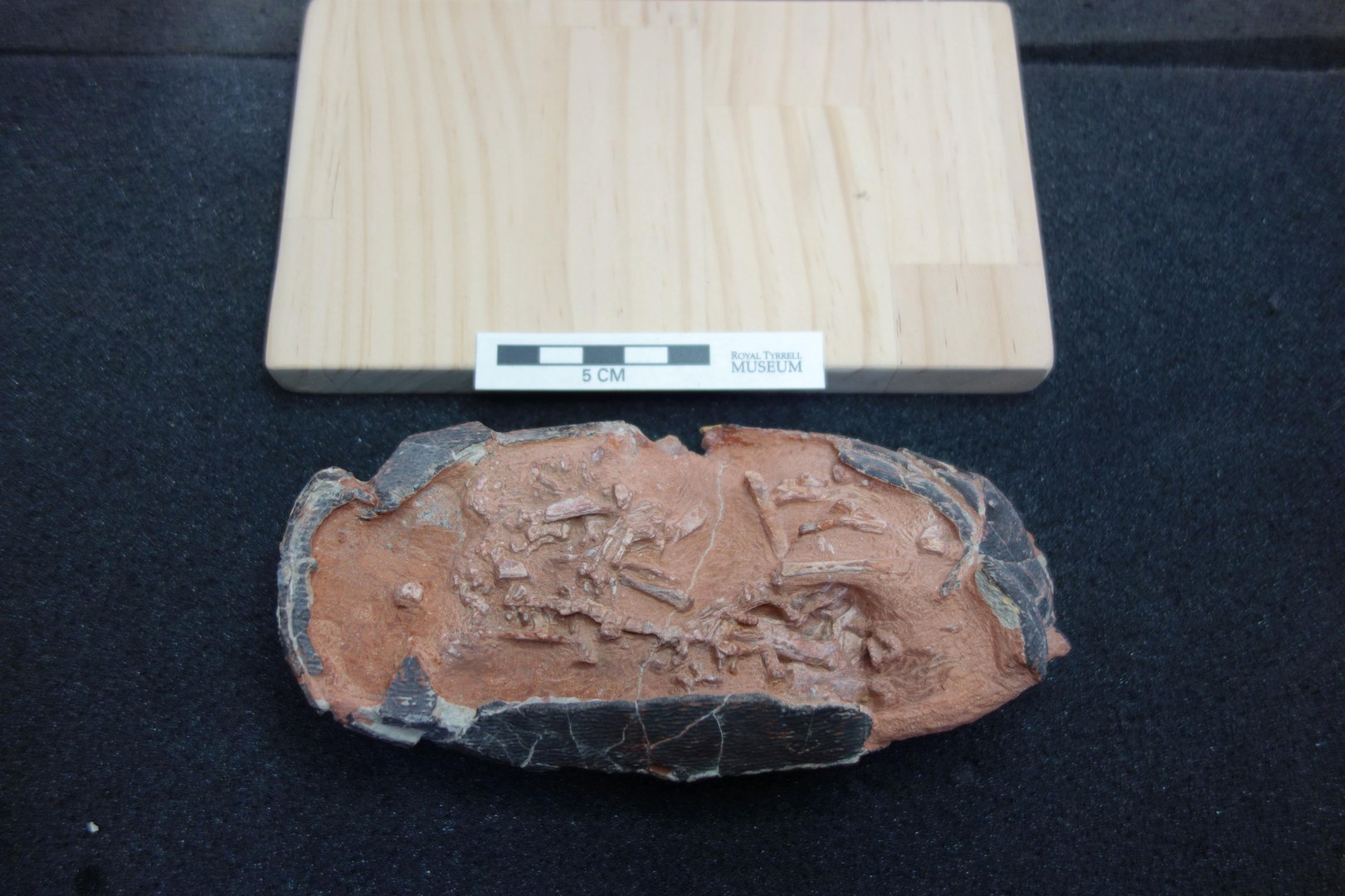Previously, there were two hypotheses in science about why birds lost their teeth and developed a beak. One assumes that a skull without teeth is lighter and thus better suited for flying. However, this hypothesis does not explain why edematous and beaks developed repeatedly in Mesozoic carnivorous dinosaurs, which certainly did not fly, as is the case with ostrich-like dinosaurs and the very bird-like, feathered dinosaurs. Even before Tyrannosaurus rex branched off from the bird line, beaks developed in some Jurassic carnivores.
The other hypothesis is that a beak is better suited to take in certain food. This fits in with the observation that many primitive Mesozoic birds still had teeth. Only at the end of the Mesozoic birds’ teeth disappear. But it is still hard to understand why a beak is so much better for feeding than a mouth full of teeth, which can also perform very specific tasks, as is the case with mammals. Doctoral student Tzu-Ruei Yang says: "Several recent studies have suggested that changes in gene regulation are responsible for lost teeth rather than diet changes. So there may be an unknown mechanism that contributes to tooth loss."
One possible explanation for why a toothless beak developed independently several times in different dinosaurs and birds comes from the reproductive biology of dinosaurs. Research by American paleontologists has shown that teeth have a maximum rate of formation and that about 60 percent of the incubation time is taken by teeth formation. Yang explains, "The embryo basically has to wait in the egg until its teeth are fully developed, only then can it hatch." In the egg, however, the embryo is helpless and at risk of being eaten. Therefore, earlier hatching has a great advantage. "The omission of time-consuming tooth formation could have been an effective way to shorten the dangerous incubation period," says Yang. "Mammals do not have this problem because their embryos are protected in the womb."
Yang's doctoral supervisor Prof. Dr. Martin Sander from the Steinmann Institute of Geology, Mineralogy, and Paleontology of the University of Bonn states: "Current research is increasingly recognizing that many features of birds have already emerged in their ancestors, the dinosaurs. The toothless beak is one such case, but we ourselves were surprised that the rate of tooth formation should play a role in evolution. "
Bonn scientists want to put the new hypothesis to the test with developmental biological experiments and fossil evidence. "The combination of developmental biology and paleontology could enlighten more hidden mechanisms and help us to understand how a particular trait developed," says Tzu-Ruei Yang.
Publication: Tzu-Ruei Yang & P. Martin Sander: The Origin of the Bird's Beak: New insights from dinosaur incubation periods; Biology Letters; DOI: 10.1098 / rsbl.2018.0090
Contact:
Professor Dr. Martin Sander and Tzu-Ruei Yang
Steinmann-Institute of Geology, Mineralogy, and Paleontology of the University of Bonn
Tel. +49-(0)228/73-3105
E-Mail: martin.sander@uni-bonn.de and tryang@uni-bonn.de





